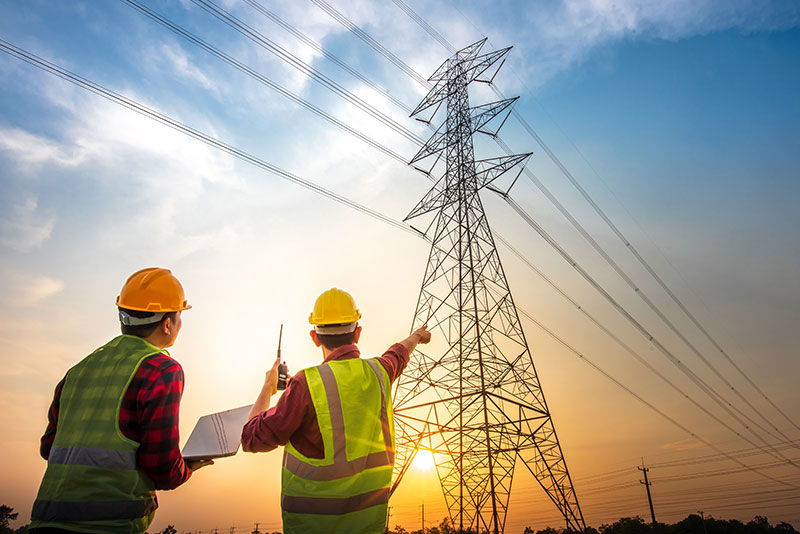
An Electrical Safety Audit is a systematic evaluation of the electrical systems within a building, facility, or organization to identify potential electrical hazards and ensure compliance with safety standards and regulations. The goal is to enhance safety, prevent accidents, and ensure the reliability of electrical installations. Here's a brief overview:
Purpose of Electrical Safety Audit
- Identify Hazards: Detect potential electrical hazards that could lead to accidents, fires, or equipment damage.
- Ensure Compliance: Verify compliance with national and international electrical safety standards and regulations.
- Enhance Safety: Improve the overall safety of the electrical systems for occupants and workers.
- Preventive Measures: Recommend corrective actions and preventive measures to mitigate risks.
What We Do
Electrical Panels and Circuit Breakers: Check for proper labelling, accessibility, and condition.
Wiring and Cabling: Inspect for proper insulation, routing, and absence of damage.
Grounding Systems: Verify that grounding and bonding are correctly implemented.
Electrical Equipment: Ensure all equipment is properly installed, maintained, and used as intended.
Personal Protective Equipment (PPE): Assess the availability and proper use of PPE by workers.
Emergency Procedures: Evaluate the presence and effectiveness of emergency response plans for electrical incidents.
Benefits of Electrical Safety Audit
- Risk Mitigation: Reduce the risk of electrical accidents, fires, and equipment failures.
- Regulatory Compliance: Ensure compliance with safety regulations and avoid legal penalties.
- Improved Safety: Enhance the safety of the workplace for employees and occupants.
- Operational Reliability: Prevent unplanned downtime and extend the lifespan of electrical systems.
- Insurance and Liability: Lower insurance premiums and minimize liability in case of accidents.
Conducting regular electrical safety audits is essential for maintaining a safe and compliant electrical infrastructure, protecting both people and property from electrical hazards.








